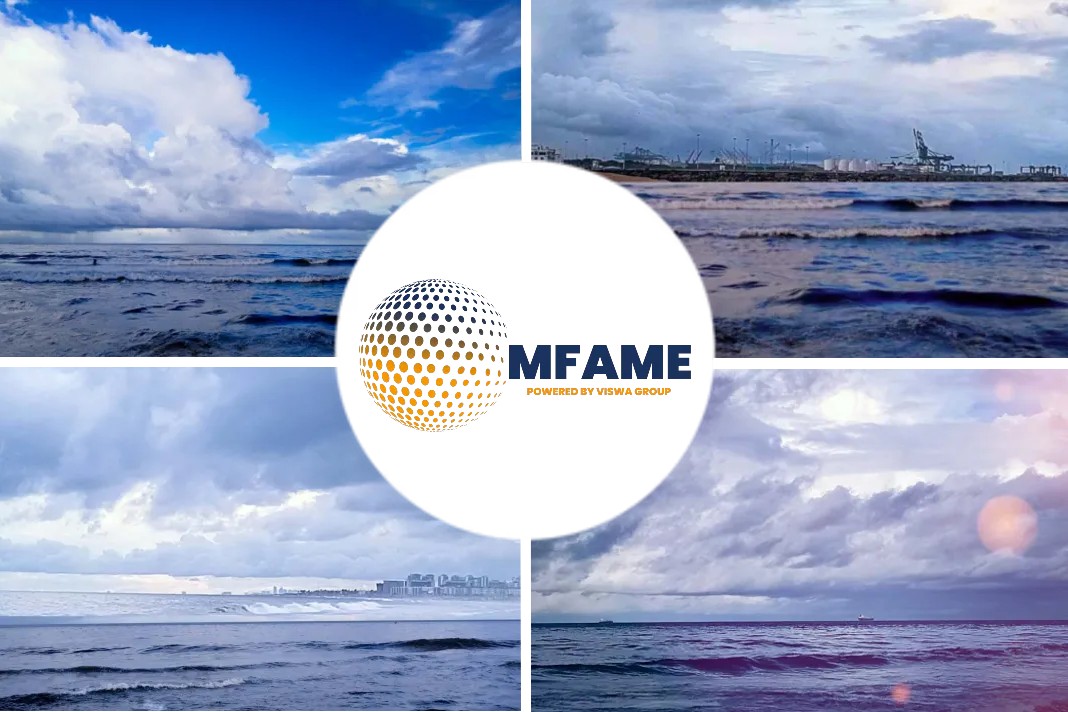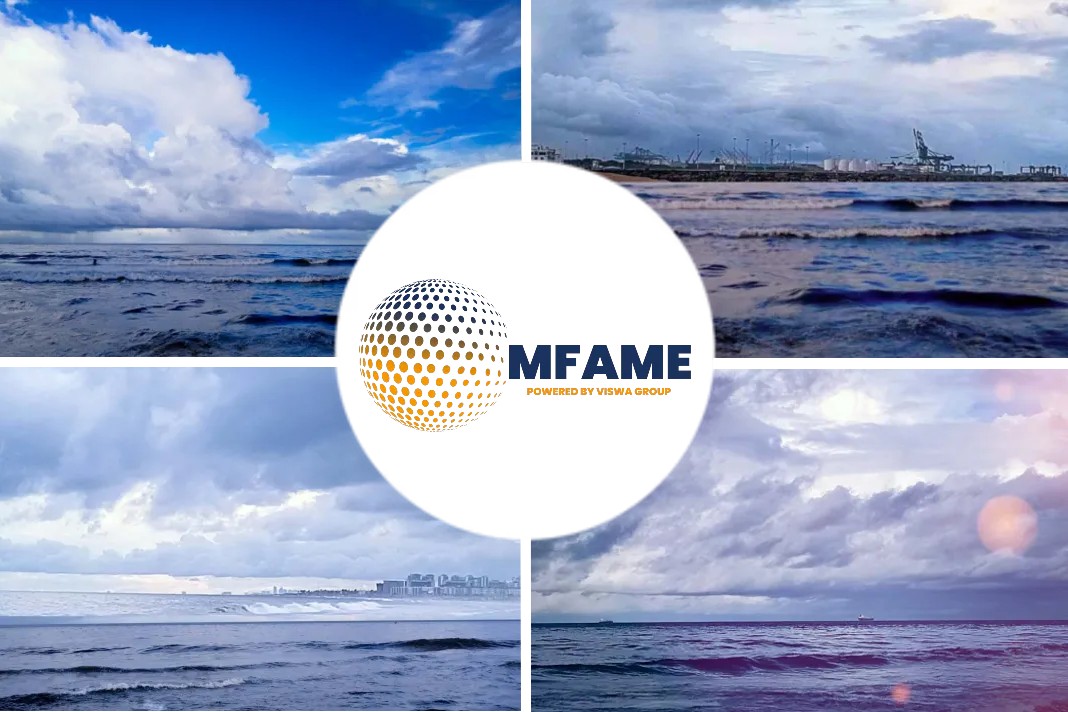- Berge Bulk vessel, Berge Mafadi, received the world’s first commercial delivery of 3d printed scupper plugs under Wilhelmsen’s Early Adopter Program.
- Wilhelmsen’s customers have exclusive access to on-demand additive manufacturing.
- The expansion will enable customers to benefit from the savings provided by 3D printing, digital inventory and on-demand localized manufacturing.
- Every part goes through a quality-controlled process where each part is given a print passport number.
- If any part breaks, we can replace that one part instead of the whole unit.
- Sending files rather than scupper plugs reduce CO2e emissions on this one part by some 54%.
- This gives a great hope for the possibility of a more sustainable future for supply and logistics.
Wilhelmsen makes world’s first commercial delivery of 3D printed parts to Berge Bulk vessel, says a press release published on their website.
3d printed scupper plugs
As part of Wilhelmsen’s Early Adopter Program, Berge Bulk vessel, Berge Mafadi, received the world’s first commercial delivery of 3d printed scupper plugs.
Wilhelmsen’s customers have exclusive access to on-demand additive manufacturing. The program was launched by Wilhelmsen’s Marine Products division in December 2019.
Who are the customers?
Customers include Berge Bulk, Carnival Maritime, Thome Ship Management, OSM Maritime Group, Executive Ship Management and Wilhelmsen Ship Management.
Expansion of the program
Hakon Ellekjaer, Head of Venture, 3D Printing, Wilhelmsen Ships Service expressed his excitement to have completed one of the first commercial deliveries of 3D printed parts in the maritime industry.
He added saying that this is just the beginning of the journey, and they are quickly expanding their offering, together with their key development partners. According to him, the expansion will enable customers to benefit from the savings provided by 3D printing, digital inventory and on-demand localized manufacturing.
DNV GL monitors closely
- Wilhelmsen, as per the ongoing cooperation with the Ivaldi Group, is providing spare parts on demand to the selected six customers’ vessels around the globe.
- Parts in this program are being monitored in close collaboration with class society DNV GL.
What is the process?
- Through a unique selection, digitization, and documentation process, every part goes through a quality-controlled process where each part is given a print passport number.
- All necessary documentation relating to the manufacturing, design, and performance requirements of each part is then captured and enclosed with the delivered part.
- DNV GL, through the Print Passport Number and their published rules and standards, are providing ecosystem assurance to the Wilhelmsen 3D Printing venture.
Universal part tracking system testing
Simon Ratcliffe, DNV GL said, Wilhelmsen, Ivaldi, and DNV GL are testing a new universal part tracking system for quality control purposes, part evolution and traceability of parts.
Unique Identifying Code
The first 3D printed scupper plugs have been given unique identifying codes and are logged in a trial system that should enable tracking throughout the lifetime of the part.
Scrubber plugs on a vessel
Wilhelmsen and Ivaldi have delivered several 3D printed parts to the Berge Bulk vessel, and scupper plugs were one of the part categories. There are numerous scupper plugs on a vessel.
For convenience and readiness, each drainage hole on the open deck has its own scupper plug. Scupper plugs are used for closing drainage holes to prevent oil spills or other contaminant spills on a ship.
Scupper plugs procurement
Sim Teck Siang, Procurement Manager, Berge Bulk said, Scupper plugs are expensive, and there are no universal dimensions. Meaning, when an element is broken, a new scupper plug has to be bought. With additive manufacturing, scupper plugs can be procured faster, cheaper and locally.
On-demand additive manufacturing
“If any part breaks, we can replace that one part instead of the whole unit. We are excited to be part of the Early Adopter Program. On-demand additive manufacturing will revolutionize the spare parts industry. “
Spare parts not a pain point anymore!
Captain Tarun K Gupta, Master of Berge Mafadi, said that they are very excited to try out new technology and the possibilities it will bring.
“Spare parts are currently a pain point, and we have trouble with, for instance, scupper plugs as they are easily stolen for their brass components.”
They are expensive, and we are constantly needing to replace them. By replacing them with plastic, we are eliminating any possibility of theft, and best of all, we get them on-demand within a short period of time.
No less than traditional versions
- 3D printed scupper plugs are equally functional as traditional versions.
- As they are also an assembly, if a part breaks, that one part can easily be replaced, instead of the whole scupper plug.
- Making them available through a digital warehousing solution means they are faster and easier to procure worldwide.
- Thanks to on-demand manufacturing technologies, that only the exact number of parts required are produced, reducing costs and environmental footprint.
Reduced CO2e emissions
Espen Sivertsen, CEO of Ivaldi Group said, “By sending files rather than scupper plugs we are amongst other things able to reduce CO2e emissions on this one part by some 54% and this gives me great hope for the possibility of a more sustainable future for supply and logistics.”
Did you subscribe to our daily newsletter?
It’s Free! Click here to Subscribe!
Source: Wilhelmsen














![[Podcast] Is the Dark Fleet Getting Darker?](https://mfame.guru/wp-content/uploads/2023/11/mfame-lng-80x60.jpg)